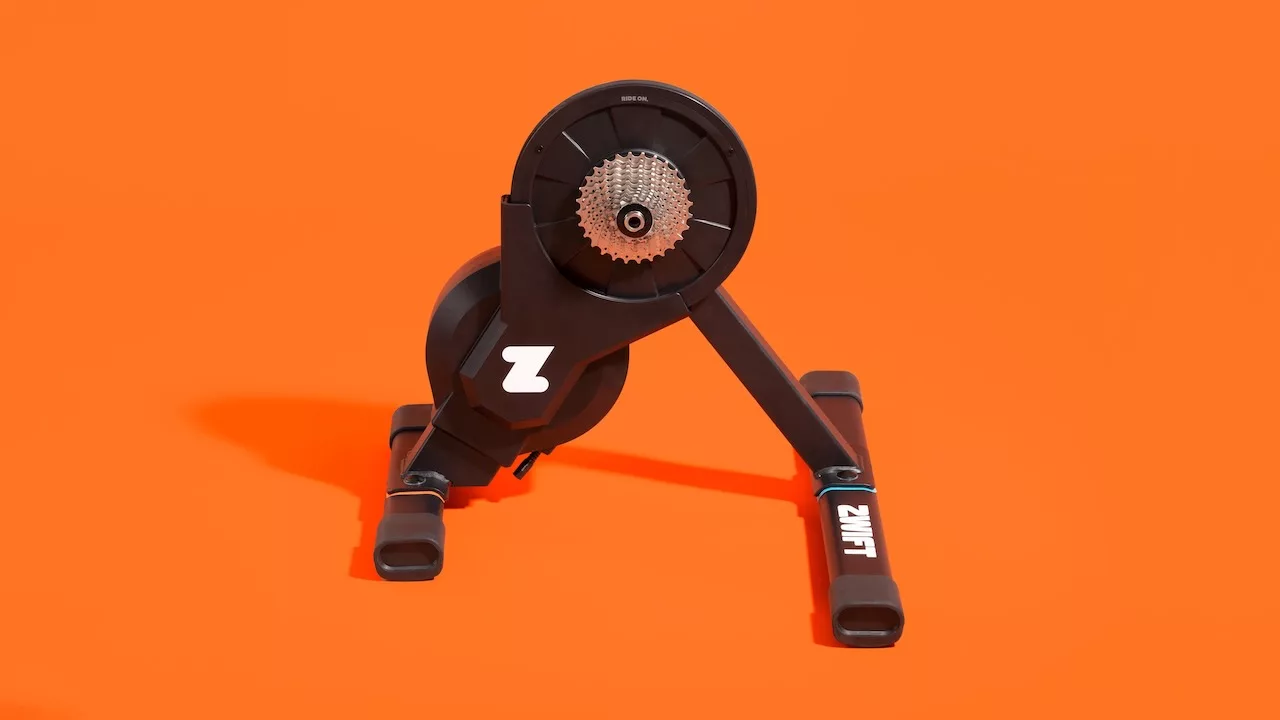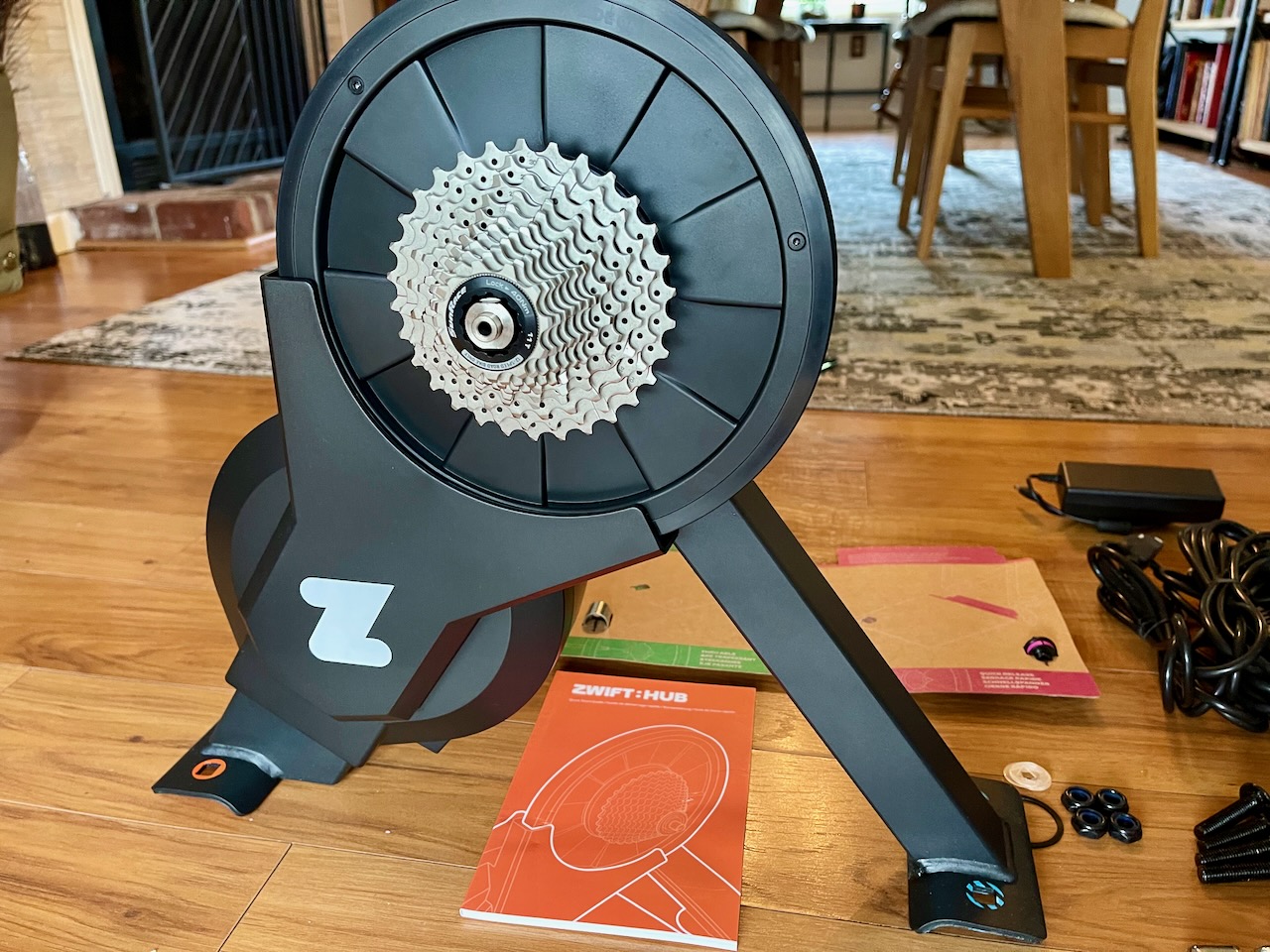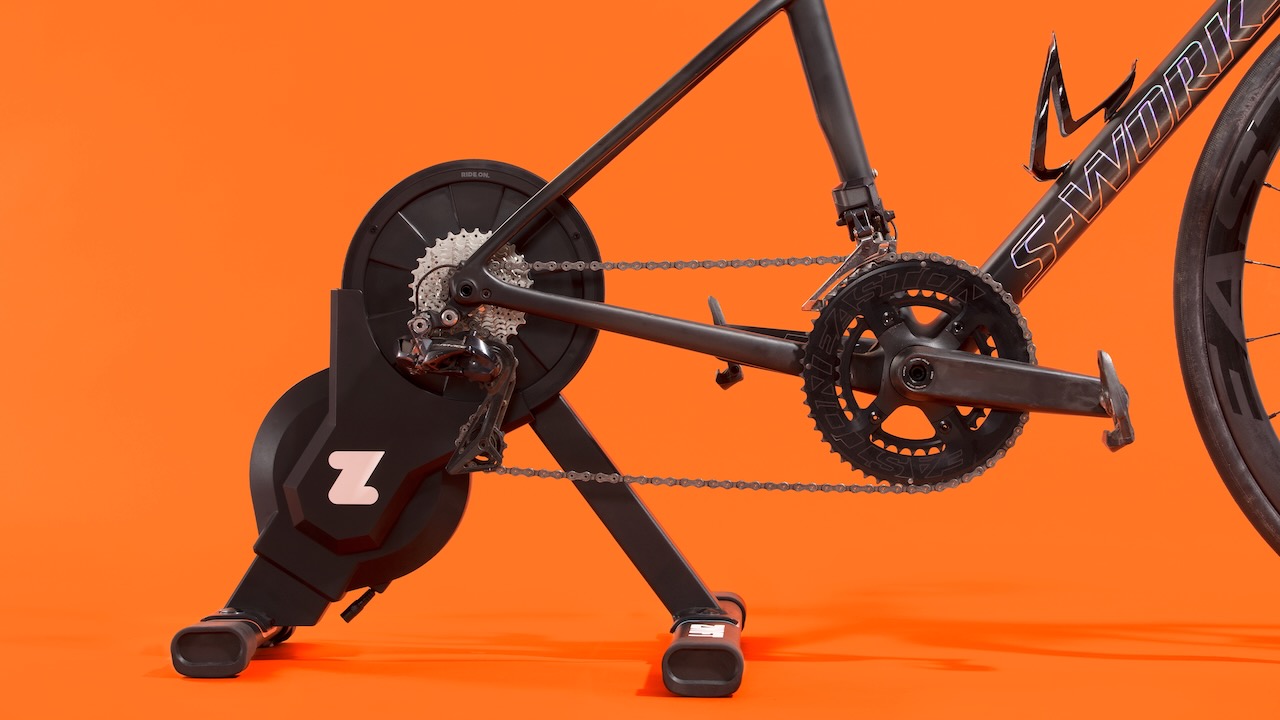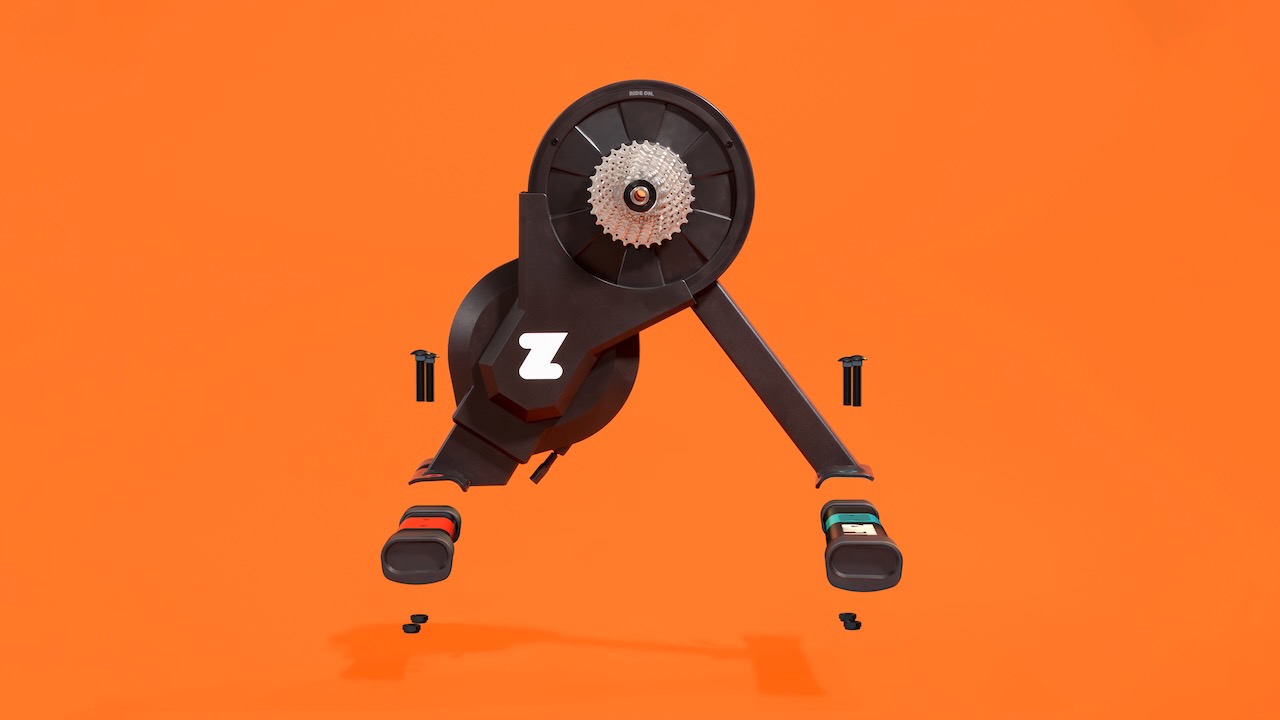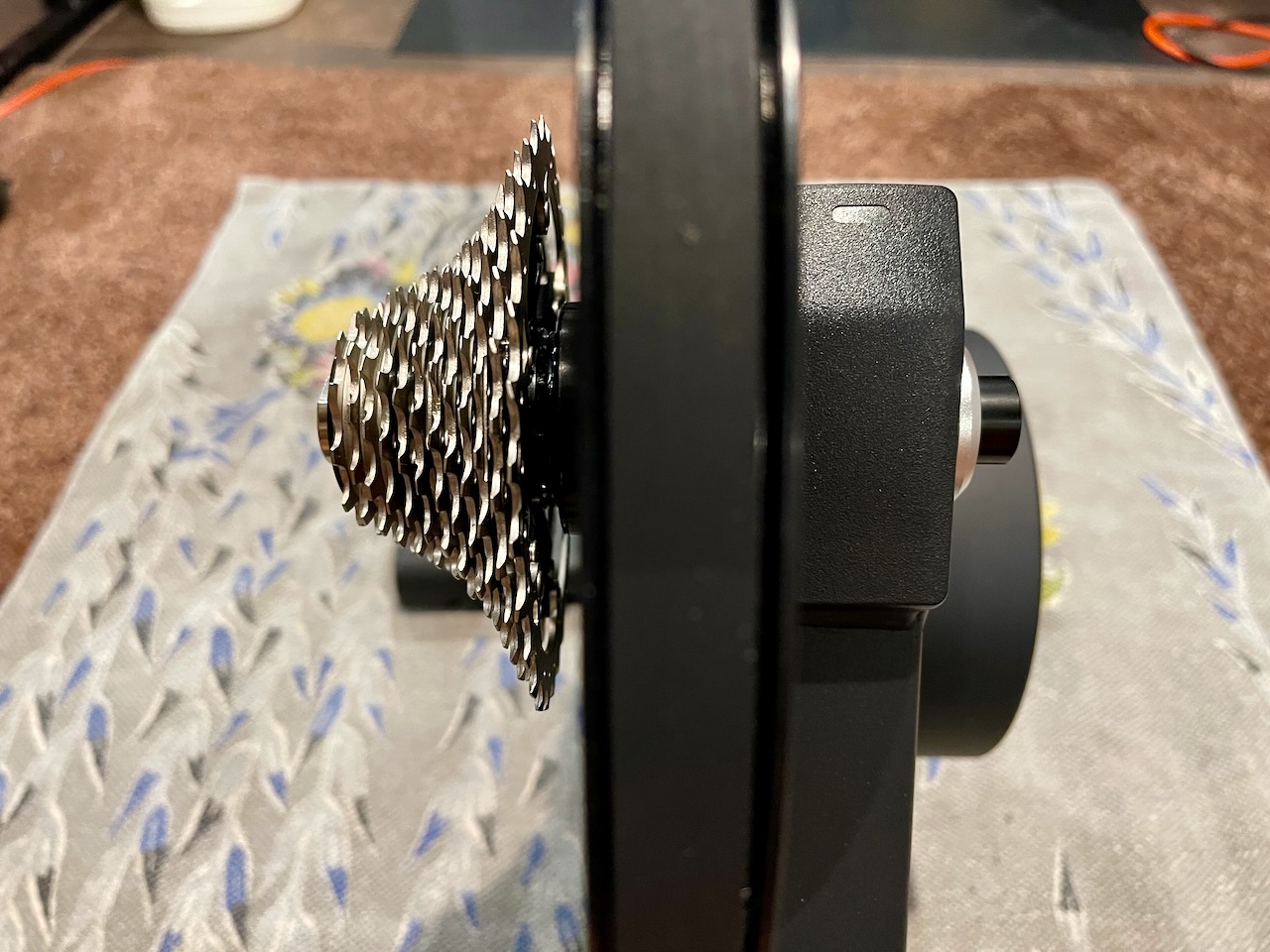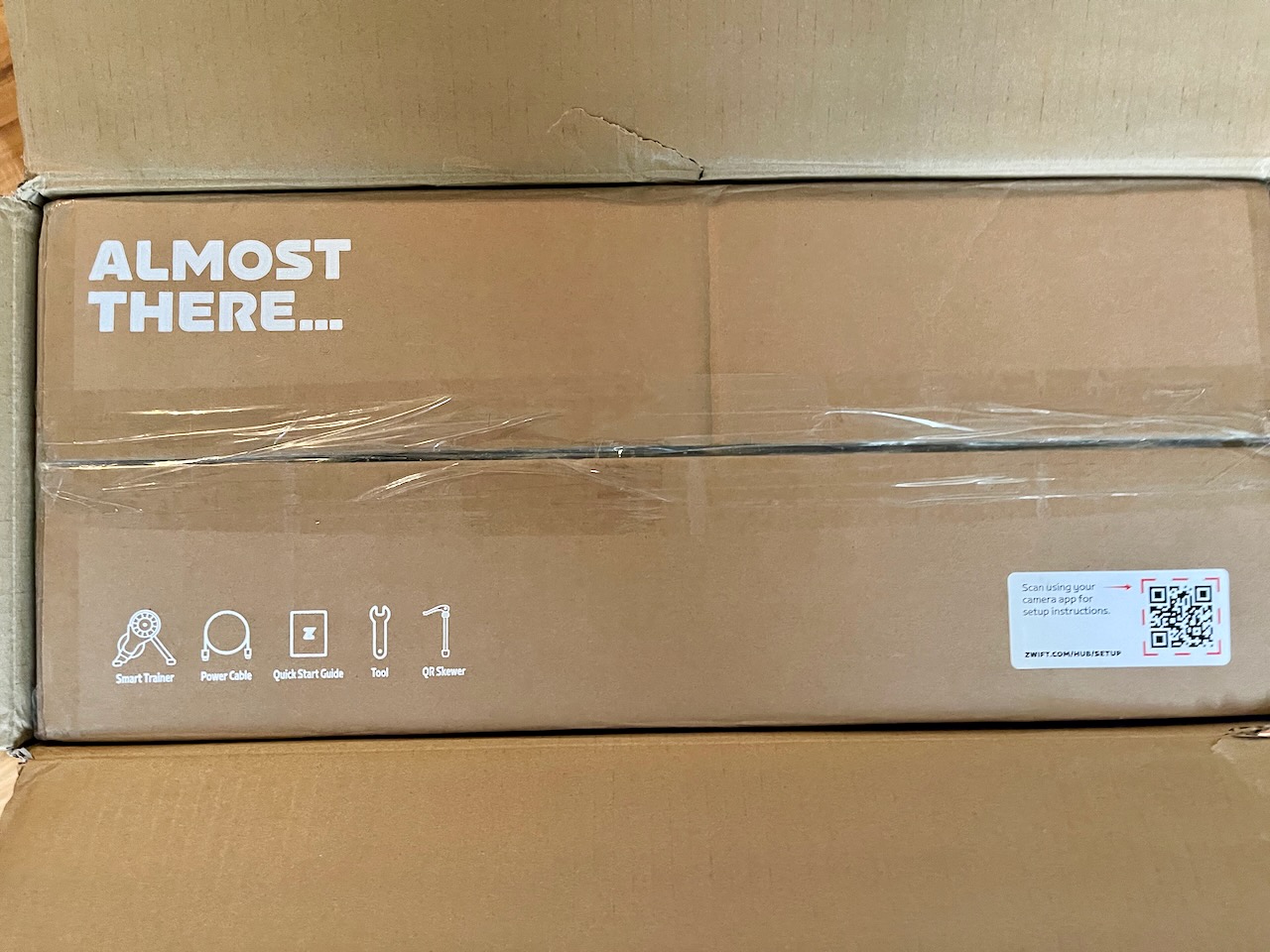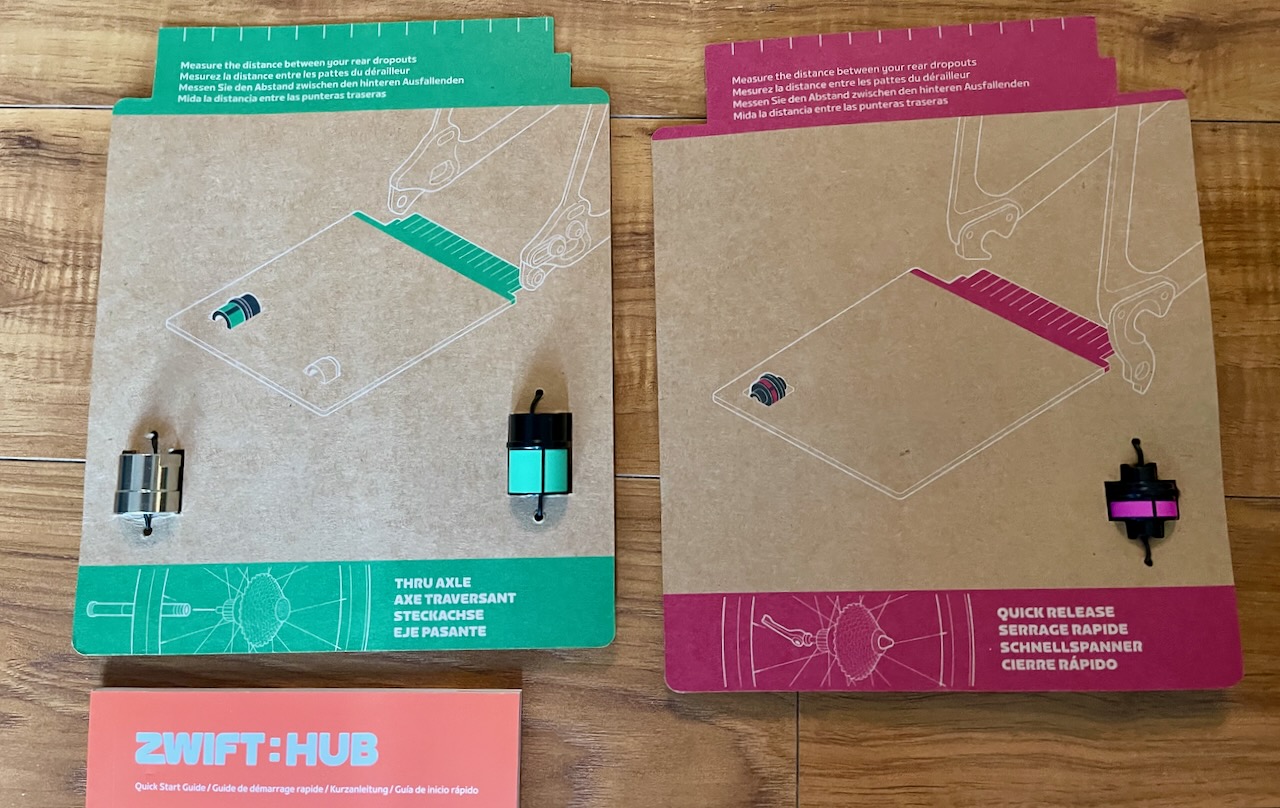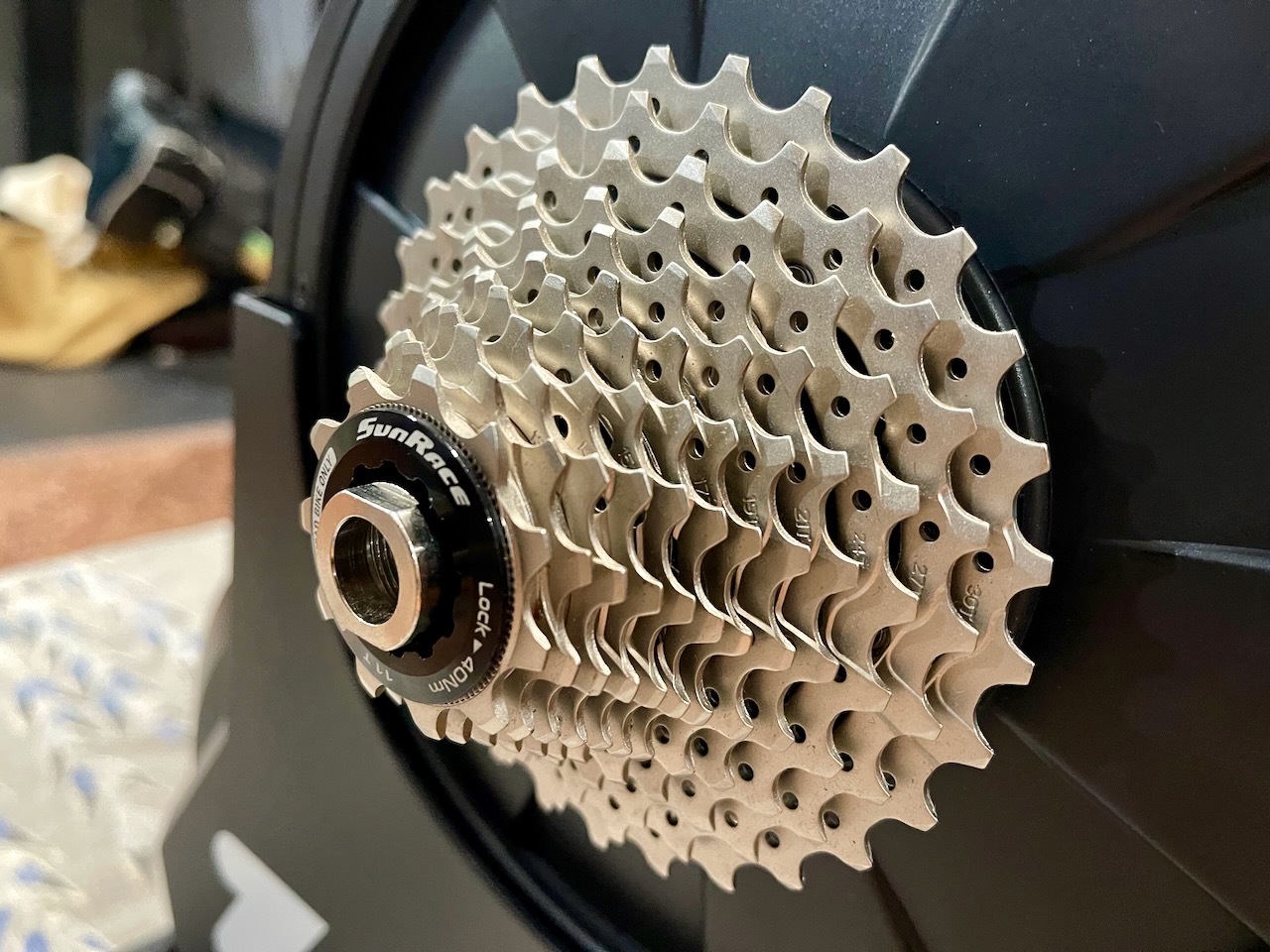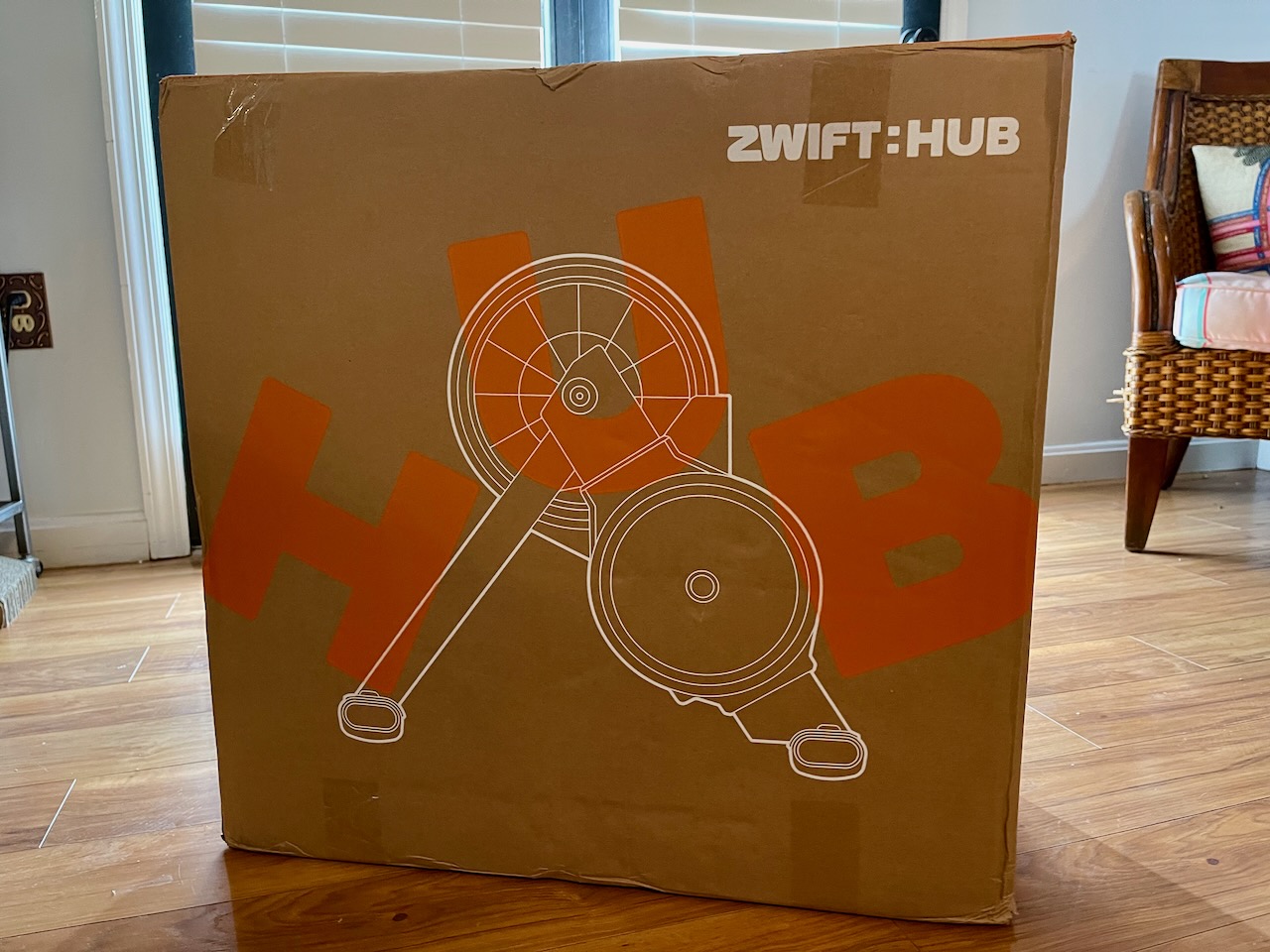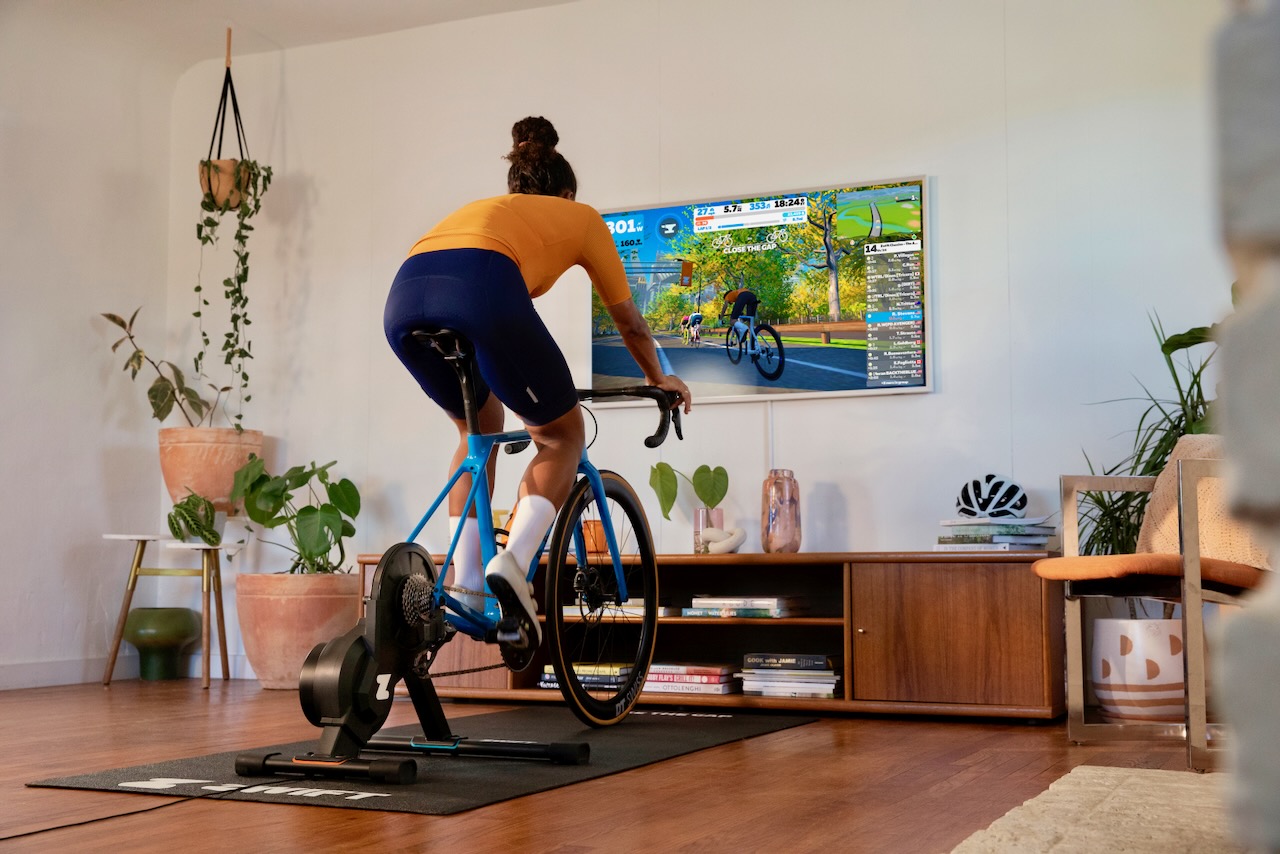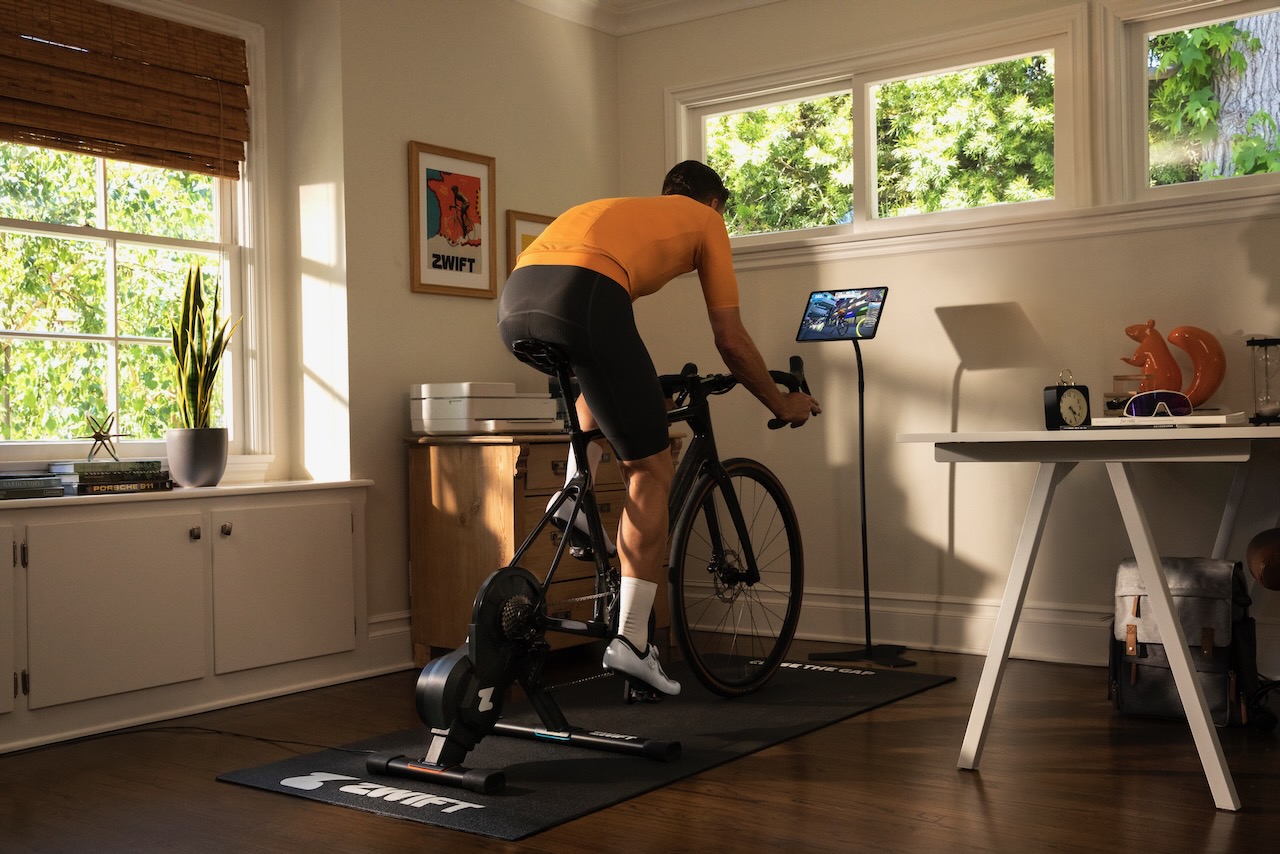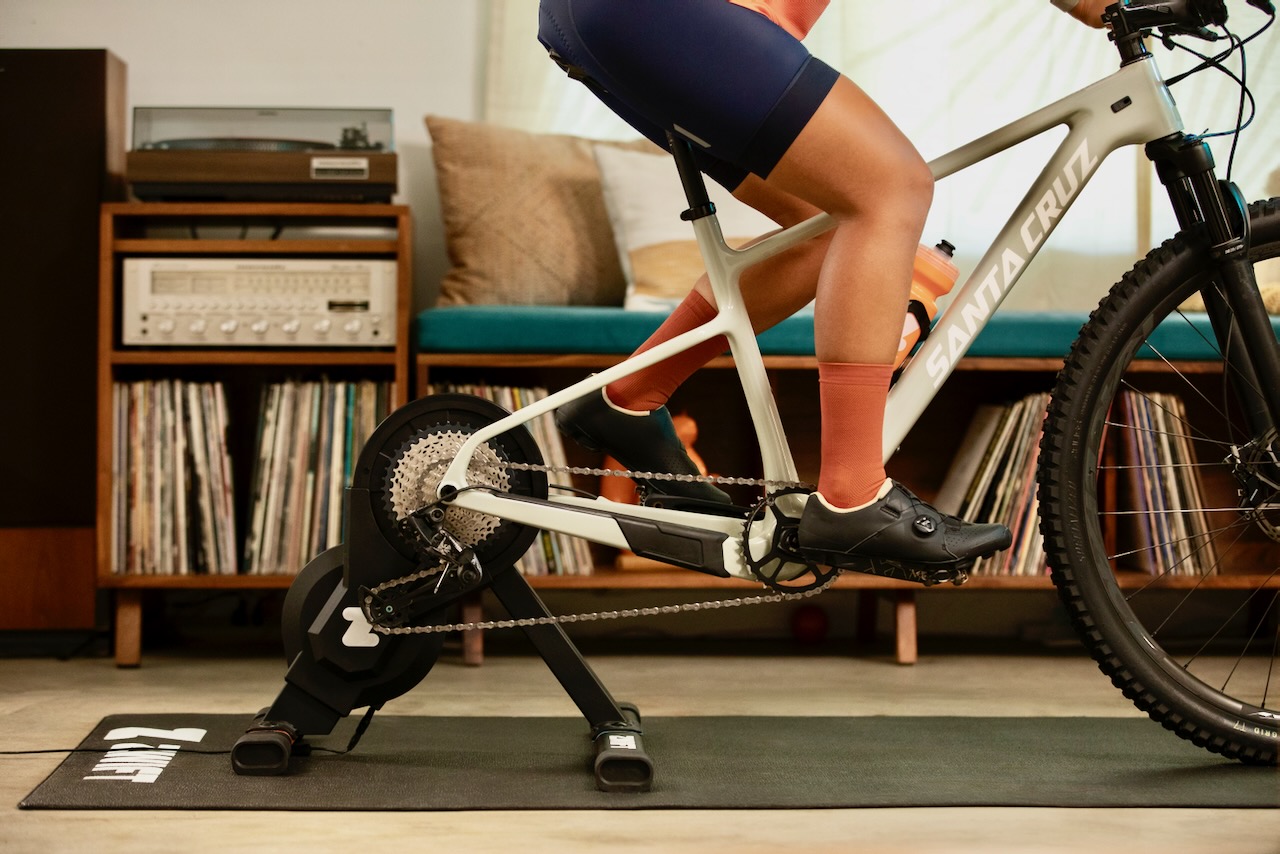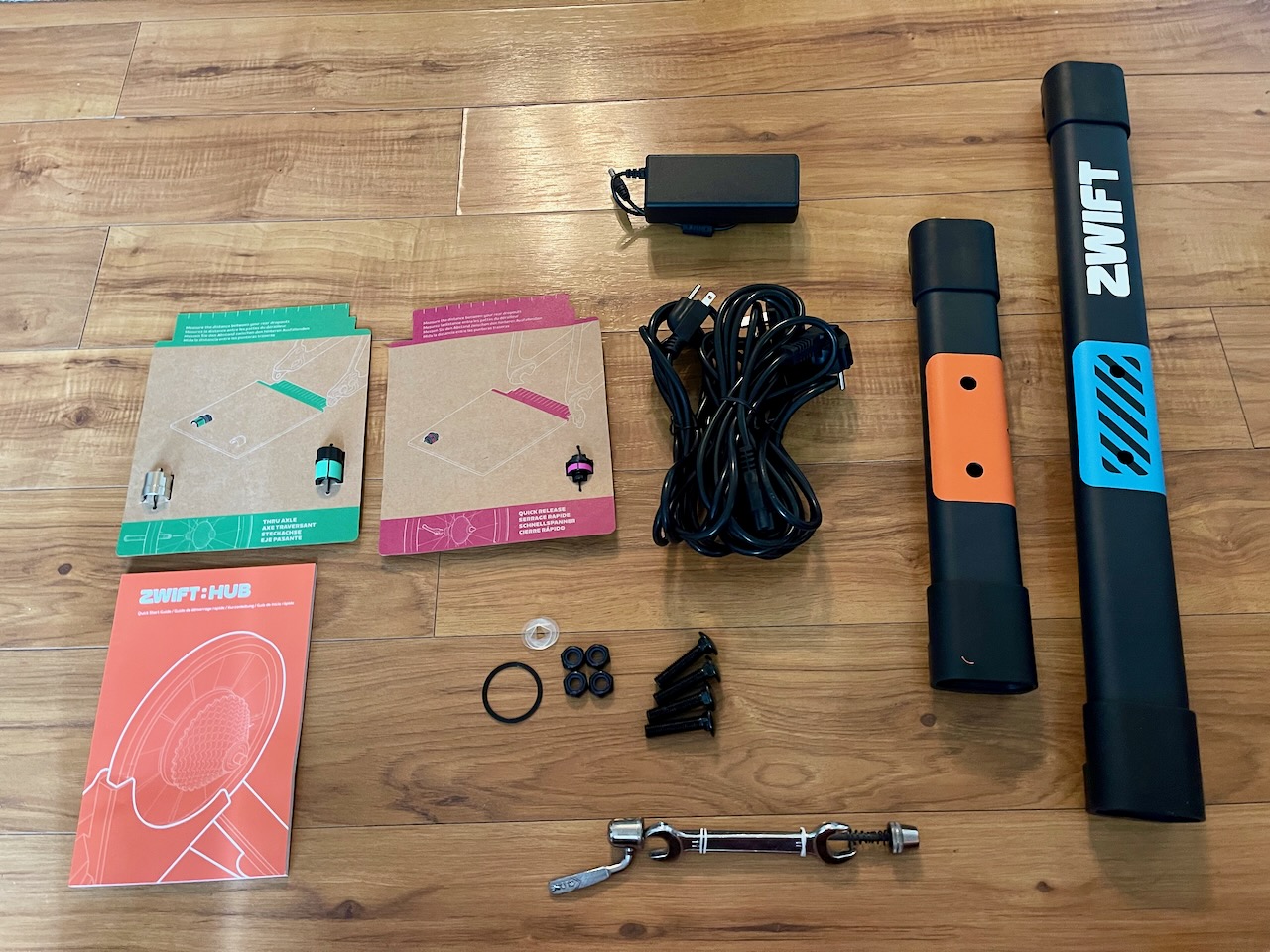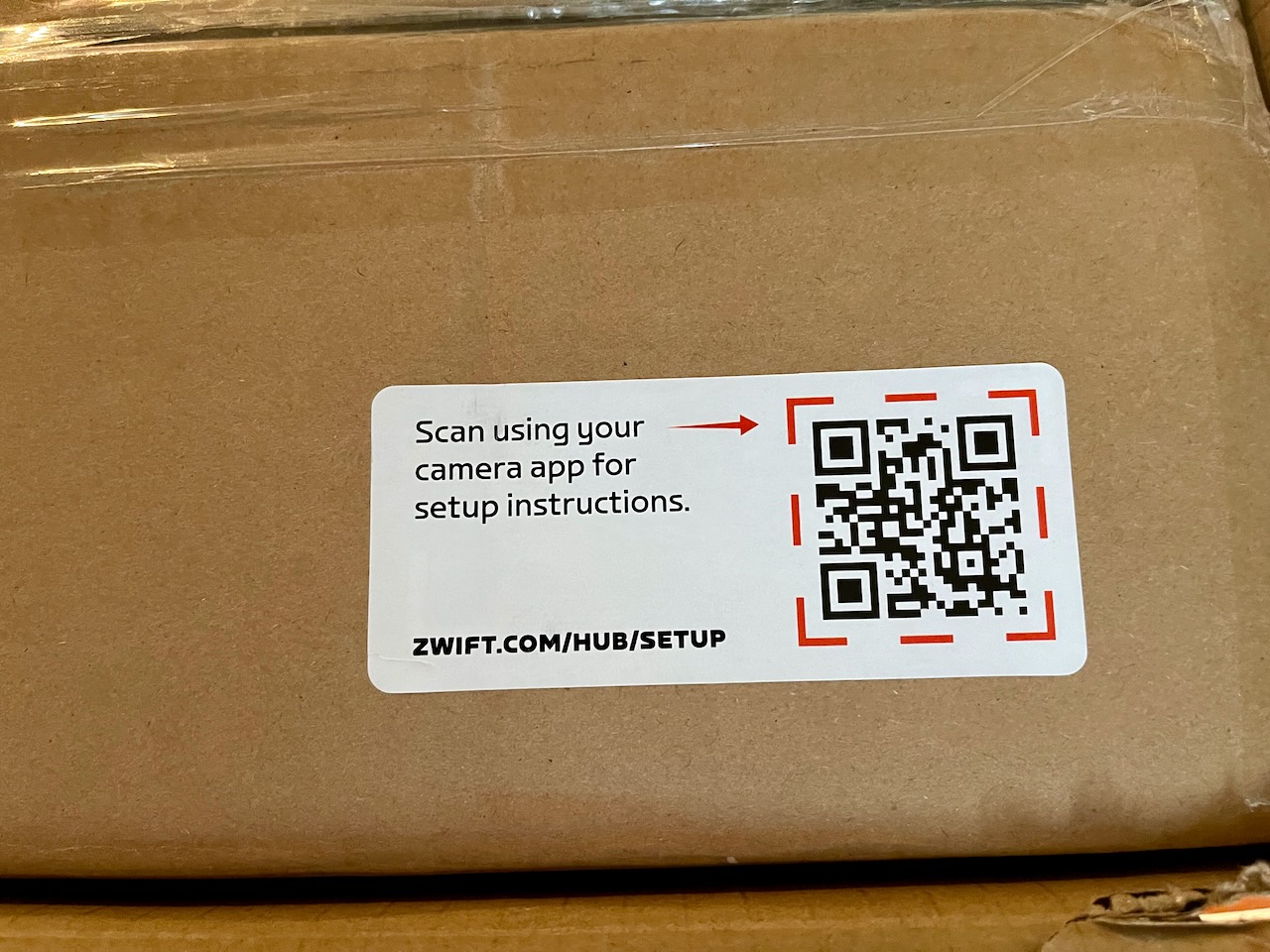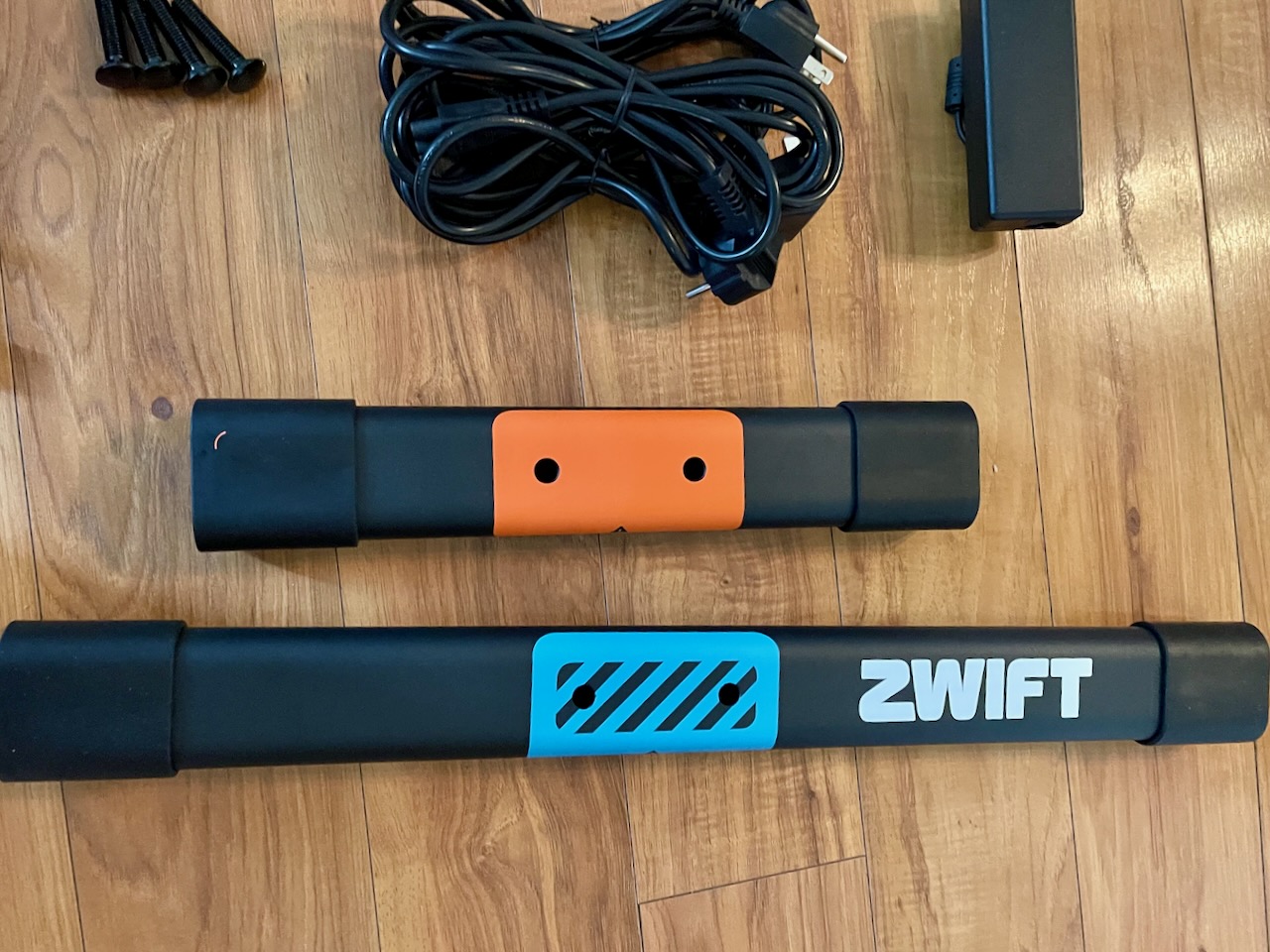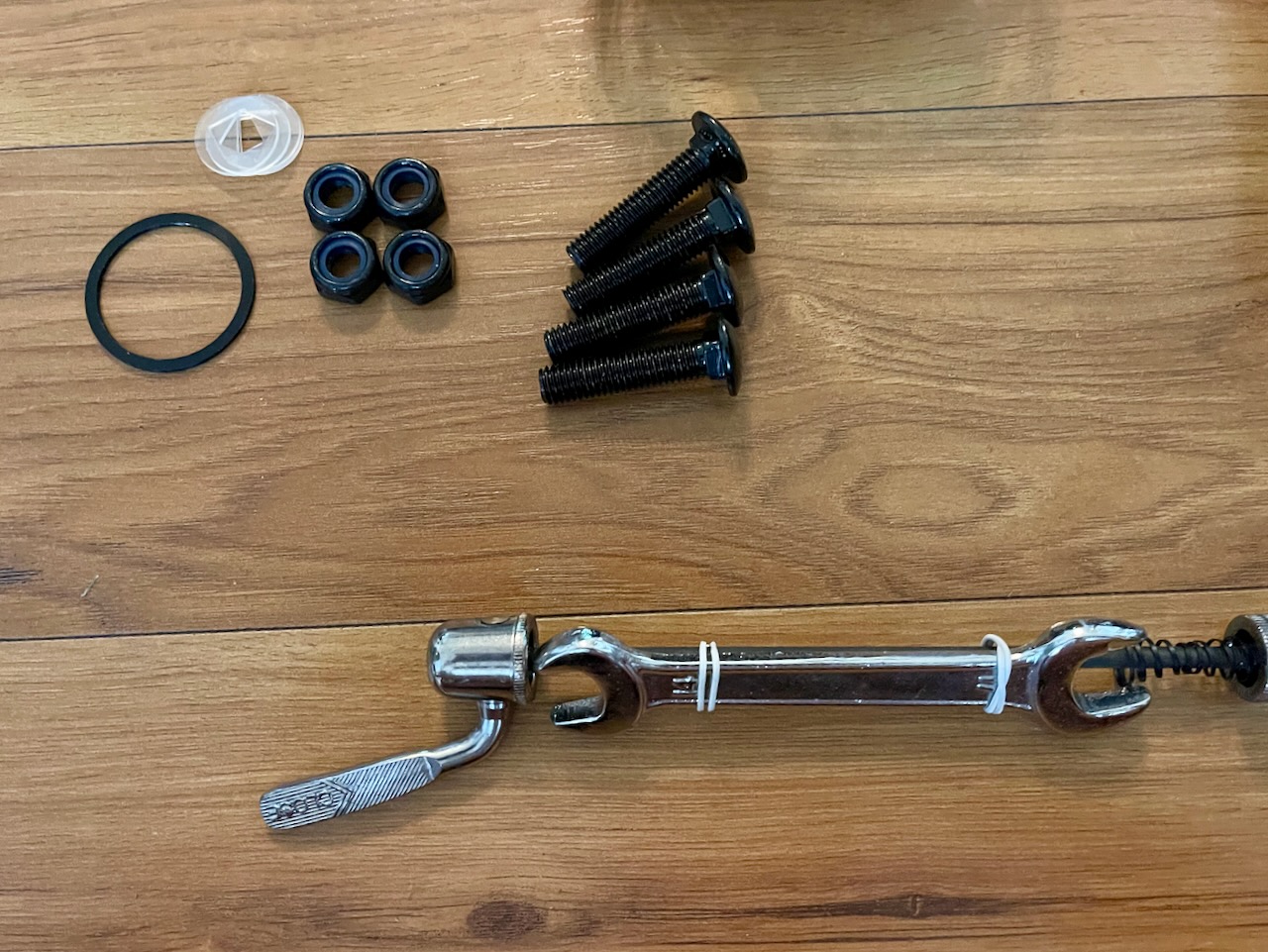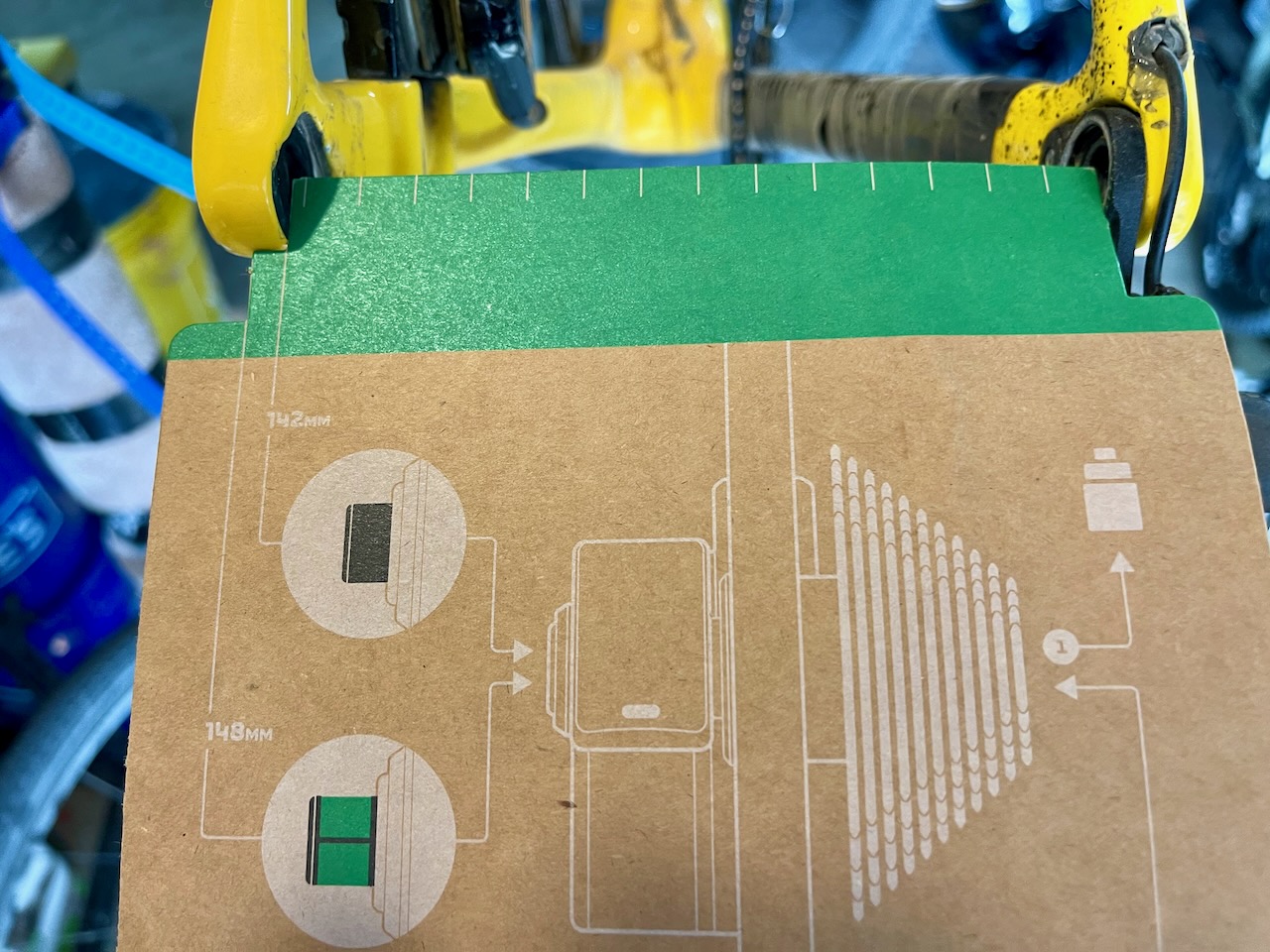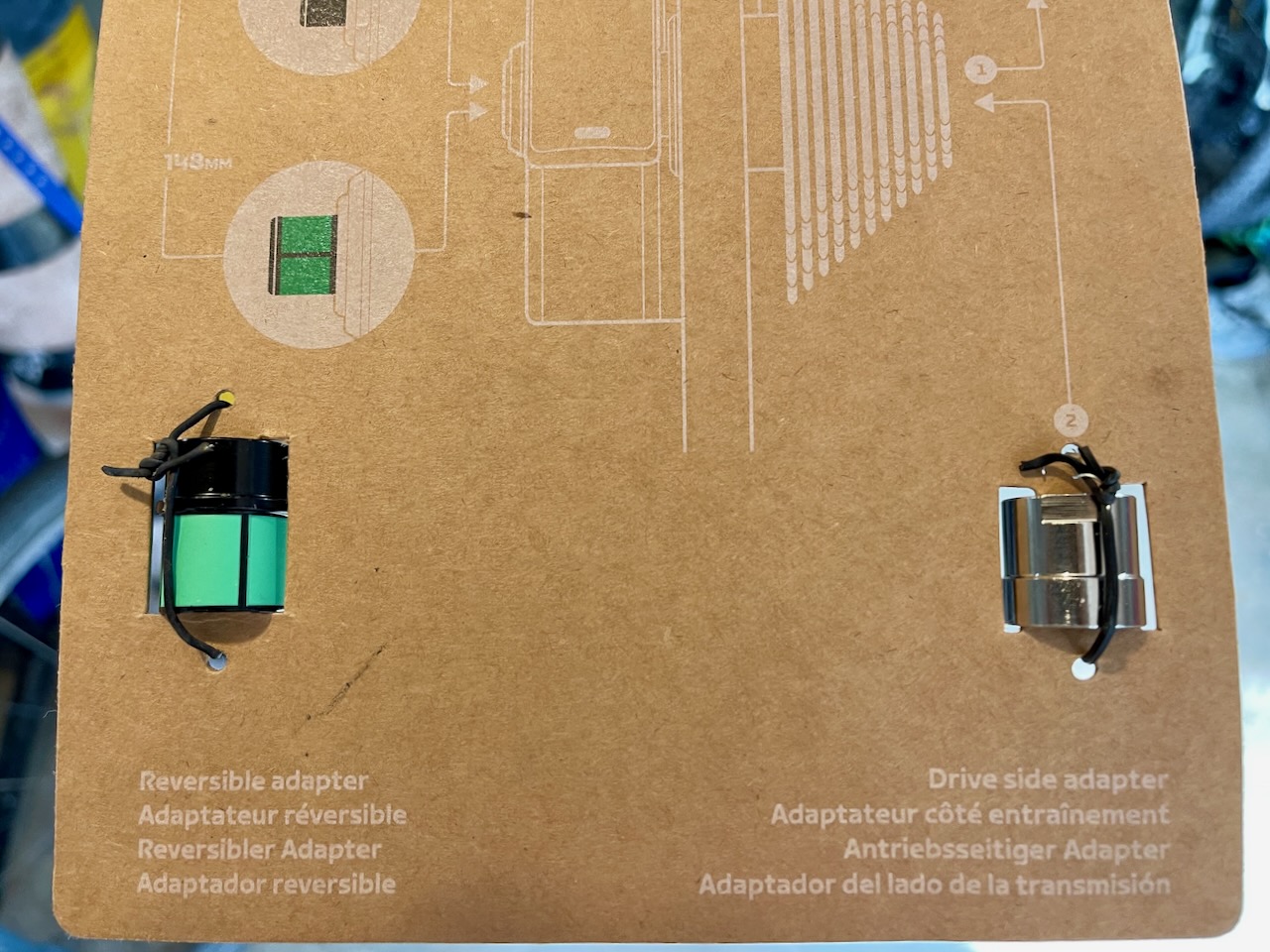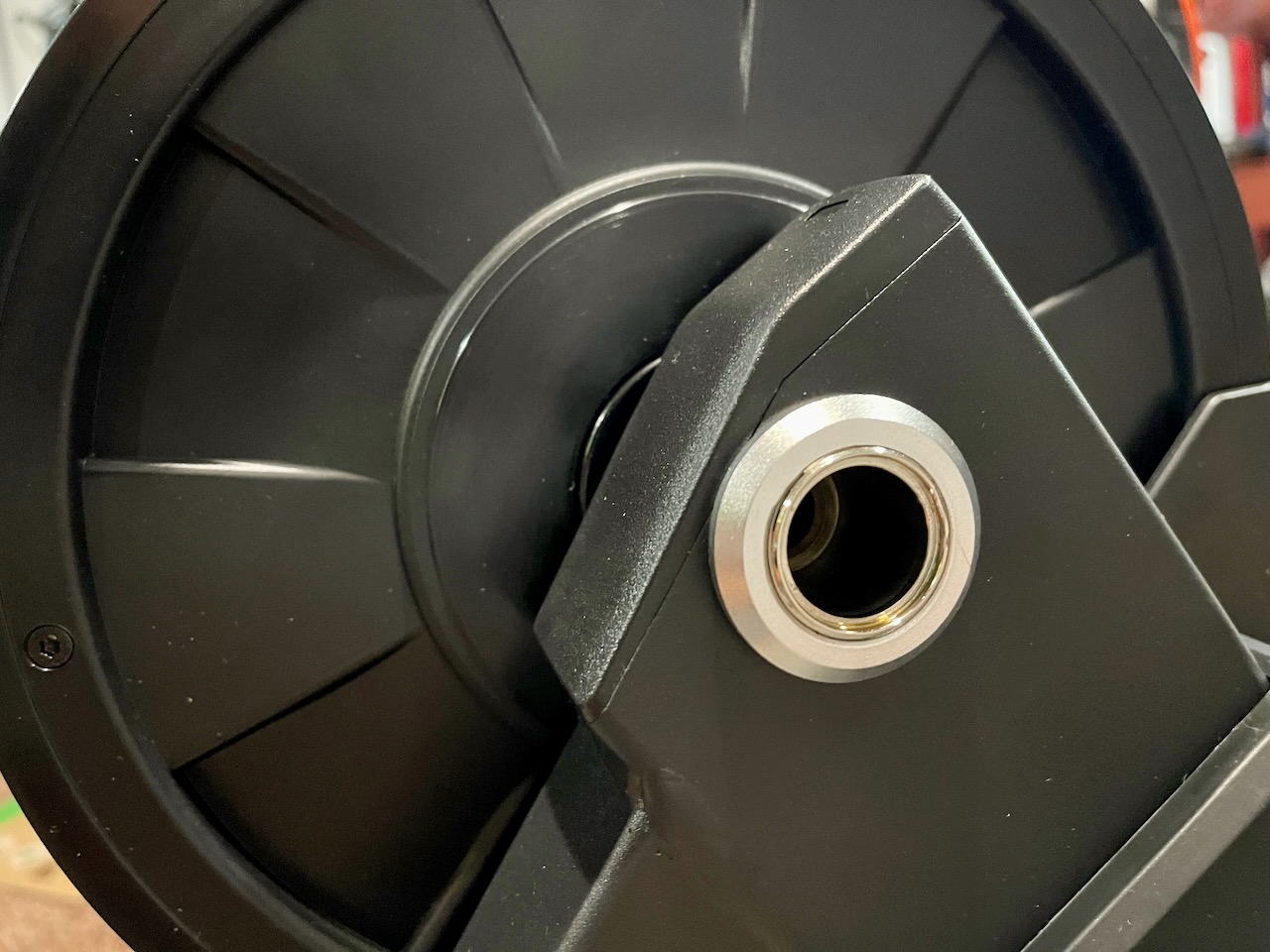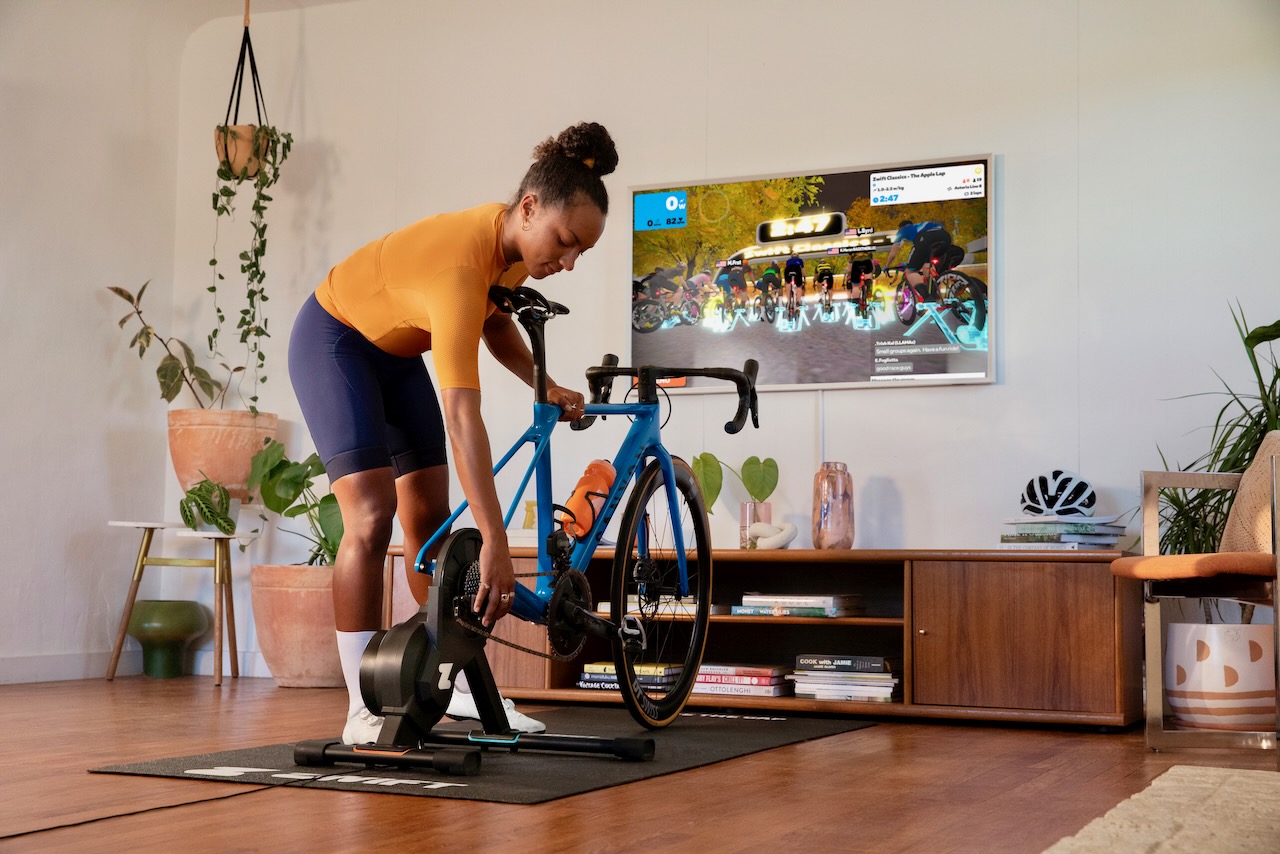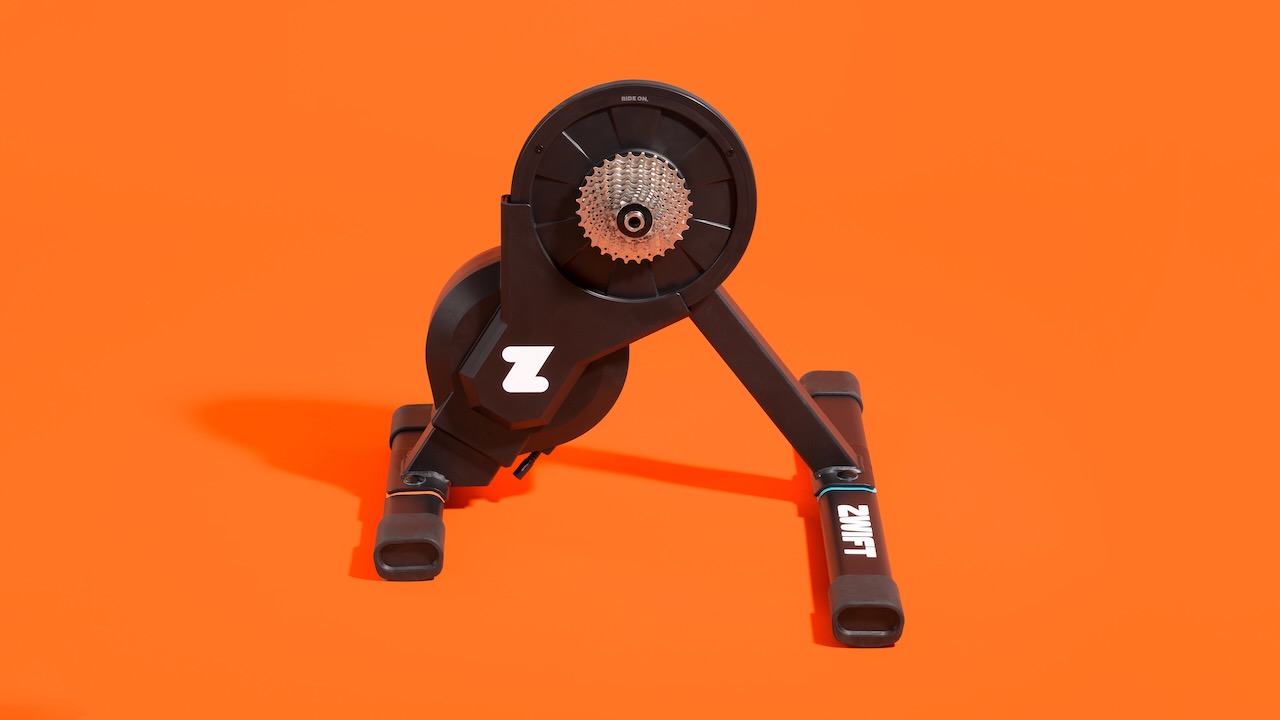Get ready for an all-new player in the smart trainer game. Zwift, the global online fitness platform for cyclists, has announced its first smart trainer — the Zwift Hub. Fresh off the announcement of new updates to its platform, Zwift, the software company, is officially making the leap to hardware.
The new Zwift Hub trainer aims to get more riders on the Zwift platform with fewer tech barriers and a disruptive rock bottom price of $499/£449/€499 (includes a pre-installed cassette). The trainer is slightly different from what we expected from the indoor training giant, and a turn of direction from the high-end super trainer was teased last year. One thing is for certain; getting started on Zwift has never been easier, and with crisp fall mornings looming — never more timely…
Why a change of direction?
“There’s no doubt that Zwift Hub is going to disrupt the market, and we think that’s great news for the customer.” Says Eric Min, Zwift CEO and Co-Founder. “When we started on our hardware journey, it was important that the hardware served the primary purpose of accessing and elevating the core game experience. Getting set up on Zwift hasn’t been an easy process. It can be hard to know exactly what equipment you need to Zwift, and that equipment can be costly. Zwift Hub will help us deliver our mission to make MORE PEOPLE, MORE ACTIVE, MORE OFTEN by making it both easier and more affordable to get set up on Zwift.”
Zwift Hub trainer — Technical Specifications
- Accuracy: +/-2.5%
- Max wattage: 1800
- Max grade simulation: 16%
- Flywheel weight: 10lbs
- Total unit weight: 33lbs
- ANT+ FE-C Controllable
- Bluetooth FTMS Controllable Trainer
- Broadcasts ANT+ Speed, Power, Cadence
- It can act as a BLE or ANT+ Heart Rate Monitor bridge via Bluetooth
- Spin Down Calibration in Zwift Game (Auto-Calibration coming soon)
- Over-the-air Firmware updates via Bluetooth using Zwift Companion App
- Gearing compatibility: 8,9,10,11 or 12 speed SRAM/Shimano compatible cassette included (8-11spd 11-28 and 12spd 11-30)
- Spacing: 142 and 148mm Thru Axle and 130 and 135mm Quick Release adaptors included
- Price: $499
- Available: October 3, 2022
Zwift Hub Key Feautres
The Zwift Hubs’ singular purpose is to make it easier and more affordable to engage in the fully immersive world of Zwift. The Hub hopes to bring more riders to the indoor online training platform. Though the price is near the lowest in class, the Hub brings along much of the high-end performance of its competitors and even some features they don’t.
The new Hub unit can help riders execute structured workouts in ERG mode or ride the steepest switchbacks of the Alpe du Zwift; the choice is theirs. The direct drive setup offers timely feedback riding virtual course features and a natural ride feel.
Zwift Hub — For use with any bike
Zwift aimed particularly at those new to the indoor trainer world or who rekindled a love of cycling. The designers created an effortless setup and pairing procedure that even the most tech-deficient can breeze through. Plus — when you order your Zwift Hub, the unit will come shipped with a pre-installed cassette (8, 9,10,11, or 12-speed) at no extra cost.
The team at Zwift searched high and low for all bikes to ensure they would easily fit the new Hub trainer design. In this process, the design team went through over 500+ bikes, ranging from road, gravel, MTB, cyclocross, Tri/TT, and hybrid. The testing covered 70+ brands of bikes ranging from 45cm to 64cm size frames. The conclusion is that the Zwift Hub will fit all bikes (excluding a rare custom MTB) and all major groupset brands — ranging from 8-12 speeds.
Customers can specify the number of gears they require at checkout, meaning Zwift Hub will ship with everything needed to take that first ride in Watopia in minutes.
The Zwift Hub is also a Bluetooth bridge.
For those using AppleTV to Zwift, you know how quickly you can run out of bandwidth for new devices. Zwift Hub trainer can act as a Bluetooth bridge for your heart rate monitor, freeing up an additional Bluetooth connection that will enable you to pair an additional accessory with Zwift.
Updates and all Bluetooth management are available via Zwift’s Companion App. Users can update firmware, receive update notifications and monitor Bluetooth connectivity.
Rounds of testing for maximum performance
The crew at Zwift takes training and riding pretty seriously, and they put the new Zwift Hub through some intensive sessions to ensure it was ready for all the indoor world could dish out.
What does that mean? As soon as the first production units hit the hands of the designers, they started testing. Four Zwift Hub production units have been on test 24/7 and have logged over 1,300+ hours of lab test data and counting. The idea was to get to two years of simulated hard usage using real-life workouts from Zwift user data.
As for user participant testing starting April 22′, the team clocked a growing total of 1,540+ rides, 10,000+ miles, and 515+ hours in use — so far. It’s safe to say the bugs (if any) should be all worked out by the time it reaches consumers this October.
Zwift Hub — Setup first impressions
The Zwift Hub prides itself on an easy, no-experience-needed setup and installation; from our experience, this is very true. I sat down with my kids to build the trainer; they frequently help with furniture and other builds, so this was right in the wheelhouse.
The app for setup makes the whole experience beyond easy, and the tools needed are all supplied — a 14mm/17mm wrench.
The bright-colored pieces are easy to match to the corresponding piece on the unit, and the blue hash-marked pieces are designed to help those with slight color blindness, just in case.
After the trainer’s legs are tightly secured, you can move towards the dropout and thru-axle spacing test. At this point, my kids successfully built the trainer without any help but the setup instructions.
The design that Zwift uses for this task is straightforward; the trainer comes with two cards that you place in the rear dropout of your bike, like a “go/no-go” chain tool. The dropout tool slides into the dropout but will only fit the size allowed; 135 QR, 142 TA, or 148TA. If it doesn’t fit, it’s the wrong size.
From there, you follow color-coded directions and use the companion piece to fit the dropout. Then gently install your bike on the trainer.
Next, you’ll need to plug in the trainer and start the pairing process. Our Hub arrived with three different outlet options; we’re guessing the final version will only have the one option you need.
The pairing and connecting processes were so quick that I thought I had missed a step. The Hub has a custom icon under the pairing screen for the “controllable trainer.” As an extra bonus, you get a super cool ‘HUB” kit unlock awarded at the first ride.
Stay tuned for our first ride impressions and videos to follow.
Zwift Hub Trainer pricing
USA $499, UK £449, and EU €499
Zwift Hub will be available for purchase in the United States, United Kingdom, and the European Union on Zwift.com from October 3. To register interest and for more information, head to zwift.com/hub
